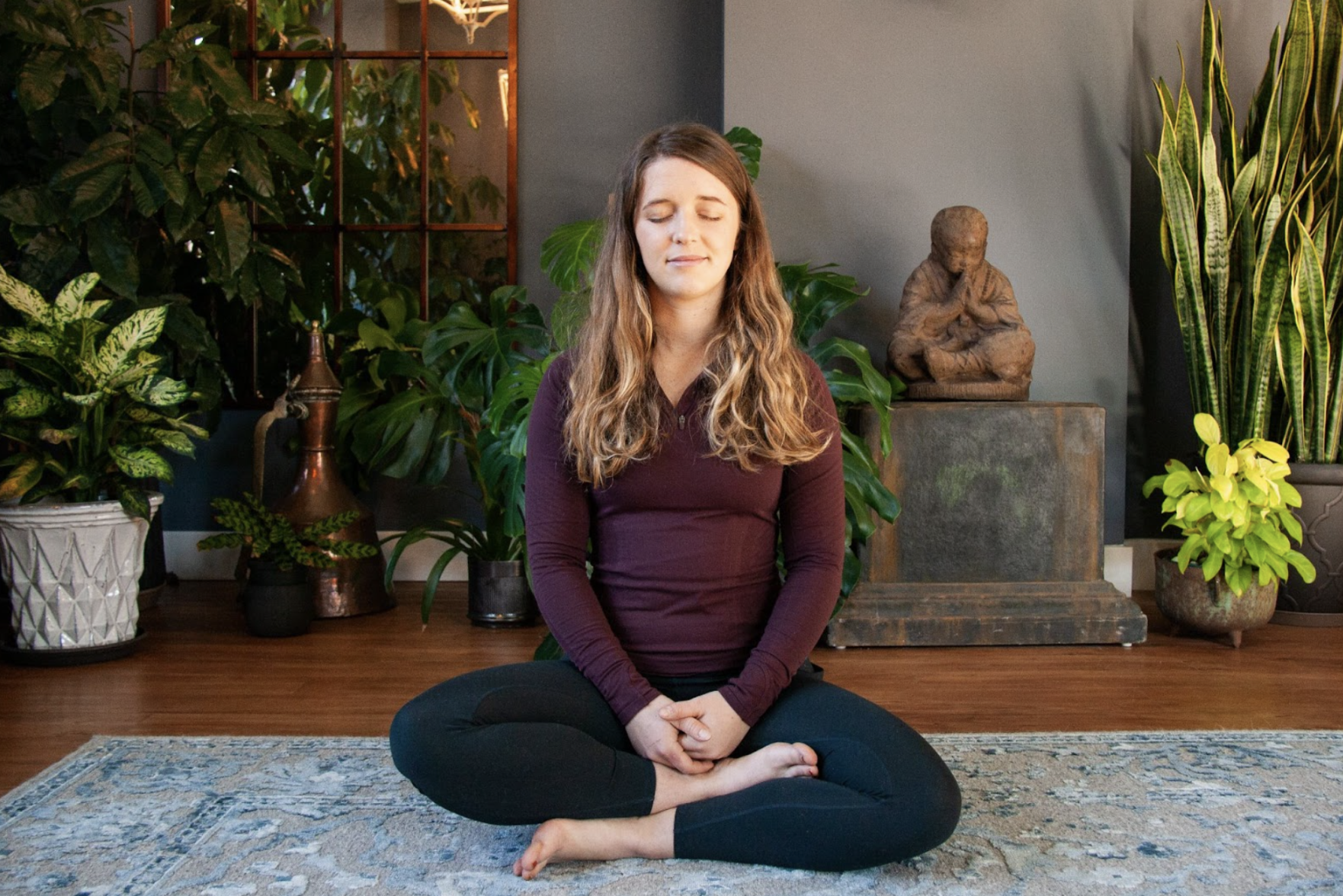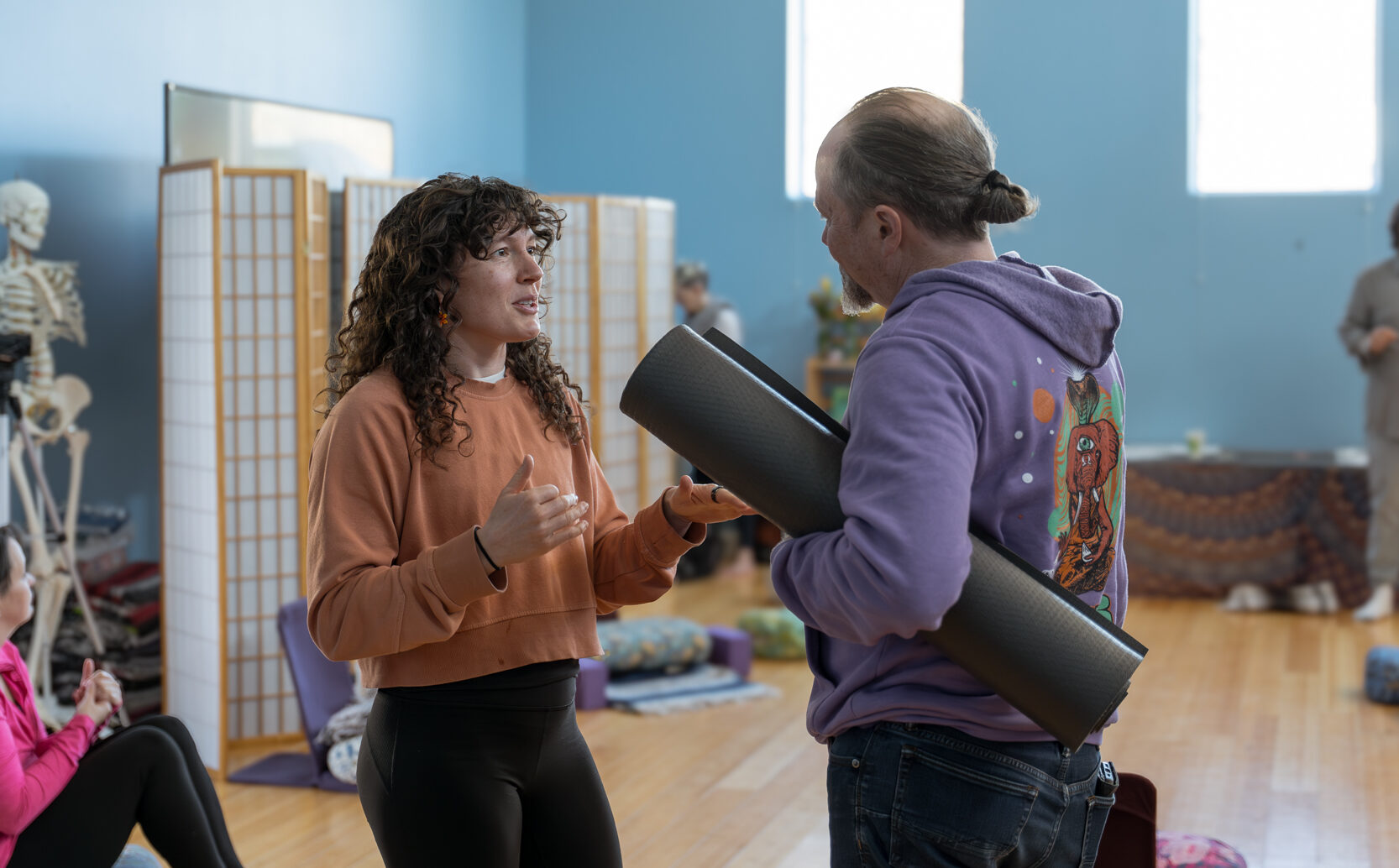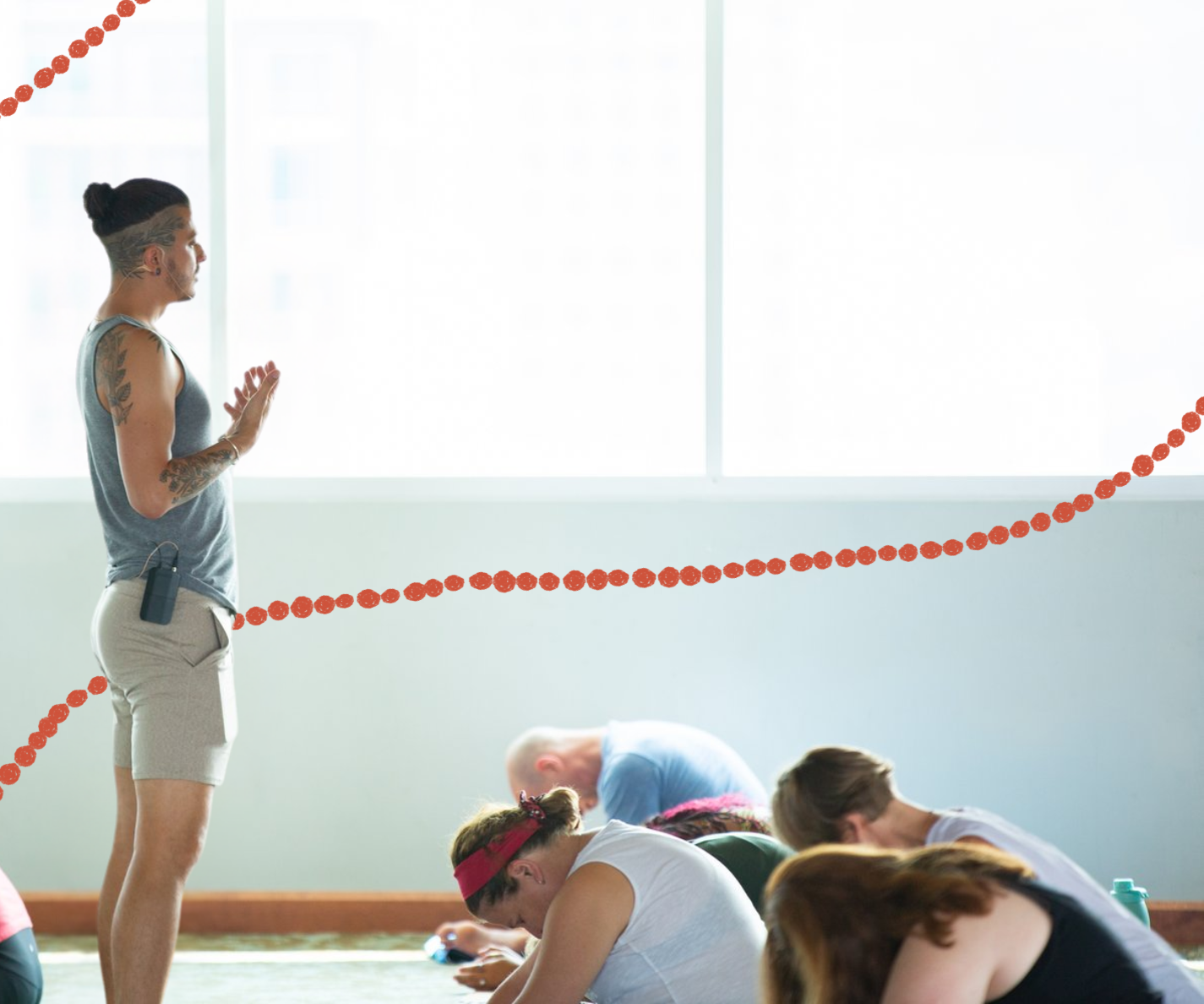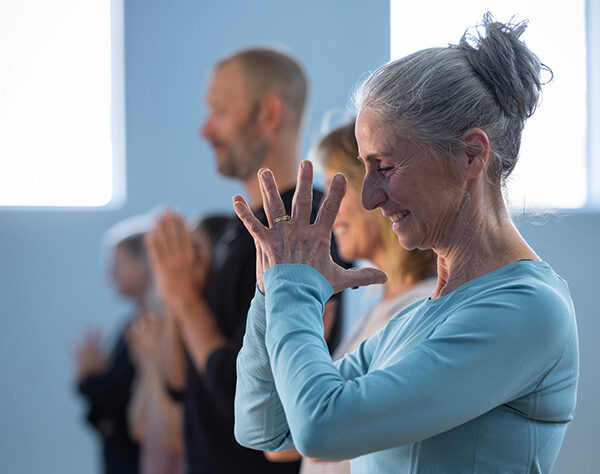When you begin your path toward becoming a yoga teacher, you may find that a variety of the requirements test your body, mind and spirit. Yoga teacher training will push you to the edge of your abilities. It’s necessary to bring out the best yogi or yogini in you. A yoga teacher certification program presents a number of yoga styles, practices and philosophies for you to learn and embody. Before you can even begin your training, however, you must be ready to embrace the most basic components of the practice.
Get Your Head Together
Author Joseph Campbell inspired readers to “follow your bliss.” Is your bliss to become a yoga teacher? Once you feel moved to follow this path, you will know it and be able to give yourself fully to the task. After you make the decision to do whatever’s necessary to earn a yoga teacher certification, then all the pieces will fall together to enable you to make the dream a reality. Certified programs like those offered at the Asheville Yoga Center provide the classroom environment and qualified teachers. They give you opportunities to learn. They evaluate you every step of the way. Only you, though, can truthfully assess your desire and temperament to follow your training through to the end. Only you can determine your dedication to yoga as a lifestyle. Only you can appreciate your devotion to continue and succeed.
Learn the Fundamentals
If you want to work toward yoga teacher certification through a certified yoga teacher training program like Asheville Yoga Center’s, you must start with a 200-hour program. This basic course teaches the essential components that you will need to become a yoga teacher. This level of instruction will improve how you approach your own daily practice, but it also will help you learn important skills:
• The ability to communicate clearly
• How to teach basic alignment
• The connectedness of the musculoskeletal structure
• How to touch your students
• The importance of a stable meditation practice
• How yoga philosophies can impact your practice
Study Basic Anatomy
In a class you are leading, you must protect your students’ health. It’s up to you to know their health concerns and how your instruction may put them at risk. Therefore, you have to have a deep understanding of human anatomy, including how the body moves. Throughout your yoga teacher certification coursework, you’ll become familiar with your own anatomy through your daily yoga practice and from participating in classes. Working with a yoga class partner, you’ll quickly learn to set appropriate boundaries and sense the limitations of another’s body. You’ll come to recognize fundamental musculoskeletal anatomy. You’ll develop a vocabulary to teach yoga poses using language that takes its cues from your anatomy. You’ll study some basic nutrition to better understand why diet is important in your daily life.
Learn How to Teach Basic Alignment
Proper alignment is the key to a safe yoga practice. As a teacher, it’s up to you to assist your students so they can find the posture that best serves their abilities and potential. By positioning their bodies properly, your students will be able to move their practice into a comfort zone. If they can safely move their practice forward, you will gain devoted students. Yoga teacher certification involves learning a vocabulary to help your students find the alignment and stability they need to accomplish difficult poses. The certification program will teach you the techniques to help students figure out their comfort zones within each posture.
Understand When and How to Touch Your Students
As a yoga teacher, you have to become comfortable enough with the human body to be able to touch your students. If you can gain their trust by touching them in non-threatening ways to help them improve their practice, they will appreciate your technique and learn to trust you. During your training program, you’ll have to adjust your class partner in specific poses. You’ll have to make hands-on adjustments. Your yoga teacher certification coursework will provide you with practical expertise so that when you lead your first class, you can approach it with experience and confidence.
Enliven Your Meditations
In addition to having a daily yoga practice, you must already be meditating regularly when you start your yoga teacher certification classes. During the program, you’ll enliven both practices. You’ll be expected to participate in class discussions about the role of meditation in a yoga practice. As you learn to appreciate what meditation can do for you, you’ll naturally strengthen your devotion to your meditation practice. You’ll also be more willing to share your experiences with your students. Throughout the length of your program, you may have to keep a daily meditation journal, a practice that may give you the words to encourage your students to start meditating.
Learn How to Communicate Effectively
The training you’ll receive will cover the most effective ways to communicate yoga pose nuances. You have to be able to explain how to do the poses; otherwise, you won’t be able to communicate the importance of mindfulness in yoga or the relevance of a good diet and a healthy lifestyle. As a yoga teacher certification student, you must learn to communicate with confidence and clarity. Yoga teachers who do this inspire their students to challenge themselves. Skillful communication is one of the most important lessons you’ll learn because it’s one of the most apparent. You can know all there is to know about yoga, but if you can’t communicate it, you won’t keep students.
Learn Yoga History and Philosophies
Well-rounded yoga teacher training programs, like those the Asheville Yoga Center offers, often require you to learn the history and the philosophies of yoga. Reading yoga philosophies will help you understand the traditions and practices that you previously hadn’t even considered. That’s why yoga teacher certification courses require it. Some programs include chanting, mantras and chakras into the coursework. All can deepen your spiritual appreciation of your yoga practice while strengthening your mind-body connection during your daily practice. Your yoga teacher certification program may encourage you to read from the rich and varied history of yoga, including the Bhagavad Gita and Patanjali’s Yoga Sutras. These books may spur you to read more to better comprehend yoga’s role in a balanced lifestyle.













